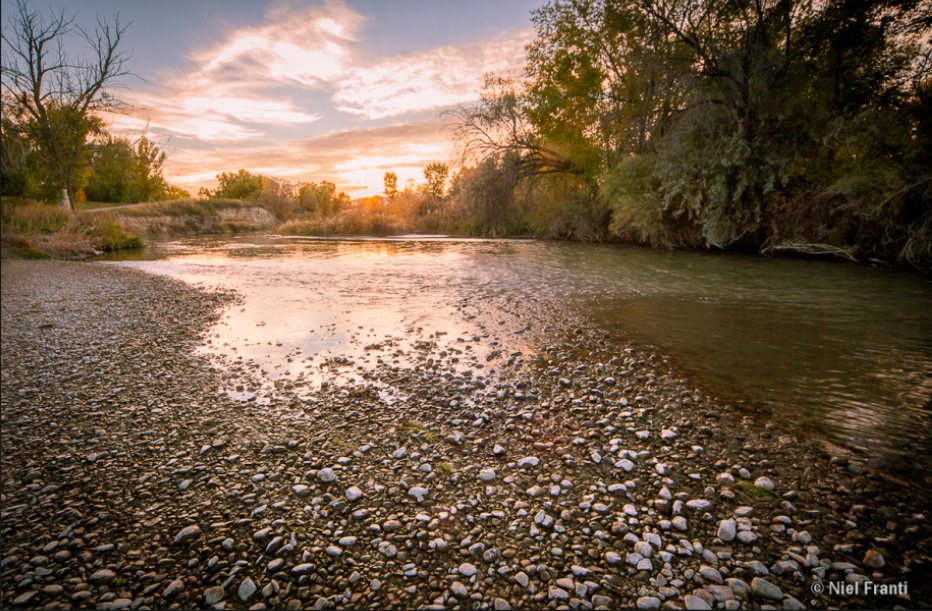
Upon entering the Salt Lake Valley, settlers found a meandering wildlife corridor with a fifty mile long ribbon of water at its center. Infused with water from Utah Lake and several mountain streams, the river flowed through the entire Salt Lake Valley before it emptied into the vast wetlands of the Great Salt Lake.
The river was neglected and abused for many years, and irrigation canals continue to draw away much of the water of the river. However, recent decades have seen a new appreciation for the river corridor as a resource for open space, recreation, and conservation, and the general public is increasingly supportive of its protection. The appreciation of the corridor is not limited to the local community. The Department of the Interior, in its 2011 “America’s Great Outdoors 50-State Report” listed the completing the Jordan River Parkway as one of its goals.
The river is home to many different species of native wildlife including deer, beaver, fox, and many more varieties of mammals, amphibians, reptiles, fish, and birds. Together with the Great Salt Lake and Utah Lake, the Jordan River provides a critical resting area for migratory birds as they travel from Canada to Central America across the Central North American Migratory Bird Flyway. If this habitat is not protected, transcontinental ecosystems will be disrupted.
The water in sections of the Jordan River is considered to be impaired, or is not meeting state water quality standards. The river is at the bottom of the Jordan River watershed, and water quality in this river was never that of a pristine mountain stream. However a clean, restored river can provide many opportunities for recreation and habitat and everyone can play a role in improving the quality of water in the river.
Management of the Jordan River is complex. The bed of the Jordan River below the ordinary high water mark is Sovereign Land and is owned by the State of Utah, and managed through the Division of Forestry, Fire & State Lands (FFSL) for the benefit of the citizens of Utah. Water quality is monitored by the Division of Water Quality, and water flow is managed by the Division of Water Rights. The lands that border the river are comprised of a combination of private and public lands, and are largely regulated and managed by the local governments. Flood control within the river corridor is managed by Salt Lake County’s Public Works Department.
Many projects are currently underway to restore the Jordan River corridor. Consider helping by volunteering or donating! It’s Our River – Our Future!
Boating on the Jordan River
Canoeing and kayaking can be a fun and unique way to experience the Jordan River. Like any sport, there are risks involved and it is the responsibility of the boater to ensure their own safety while enjoying this natural resource. Several natural and man-made hazards exist along the river, some of which have cost people their lives. It is important to scout out your route before attempting to paddle the river, and to know where and when to exit the river safely. Learn more about the Jordan River Water Trail here.

